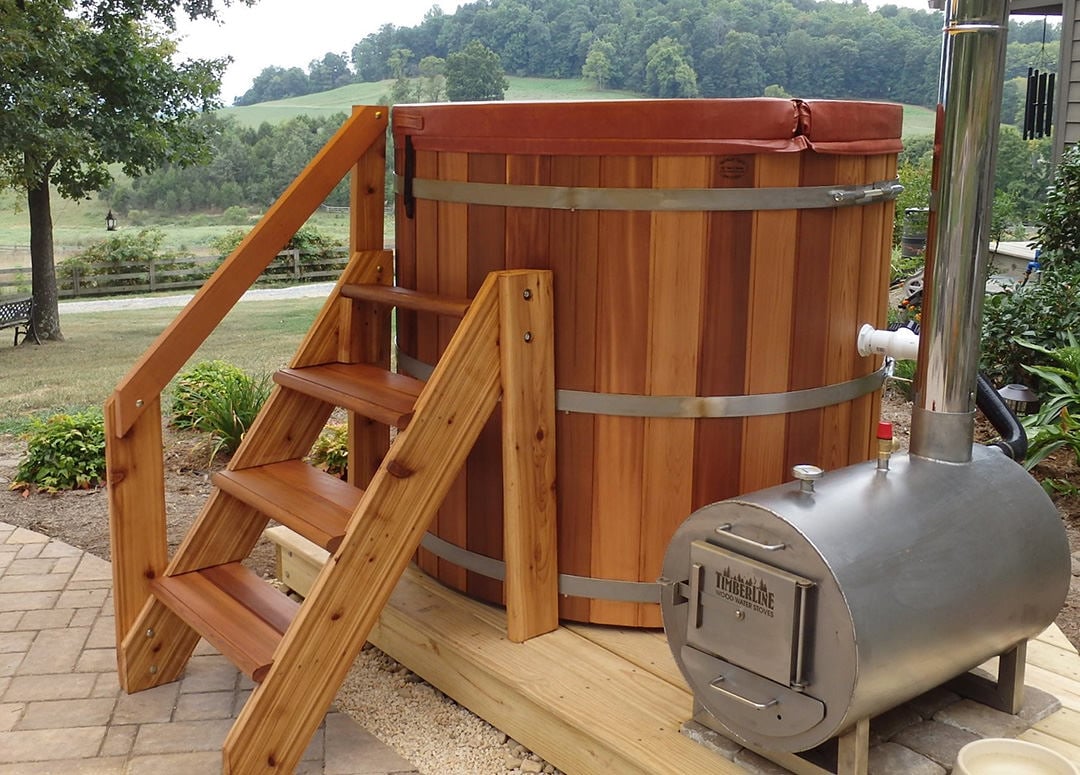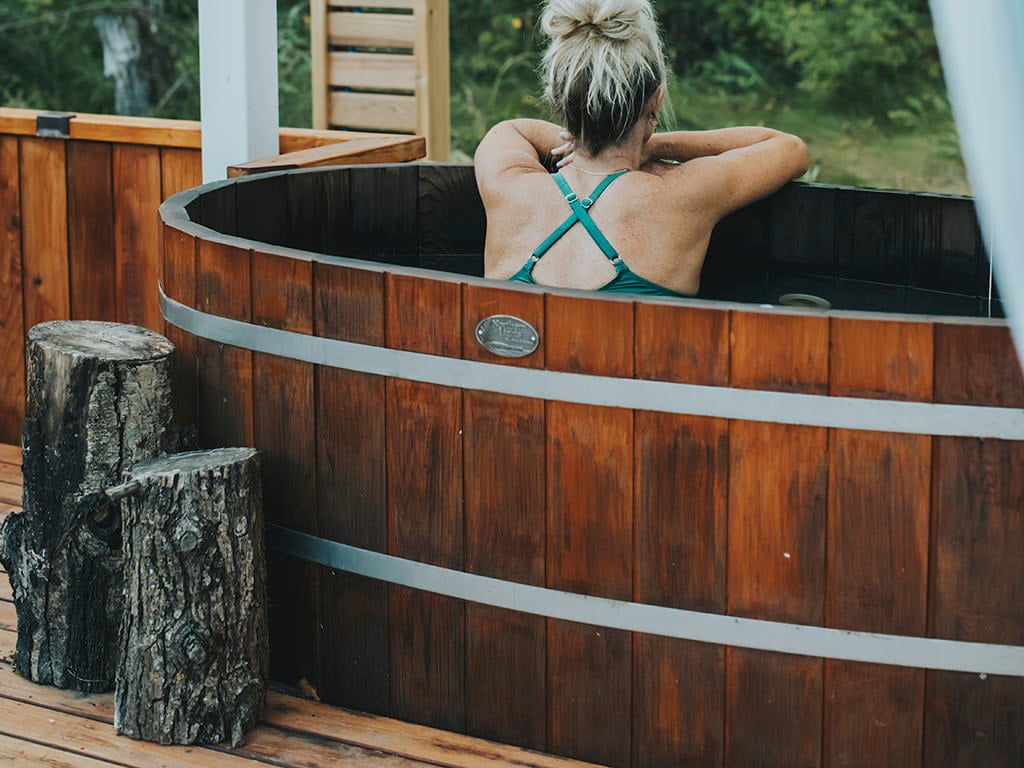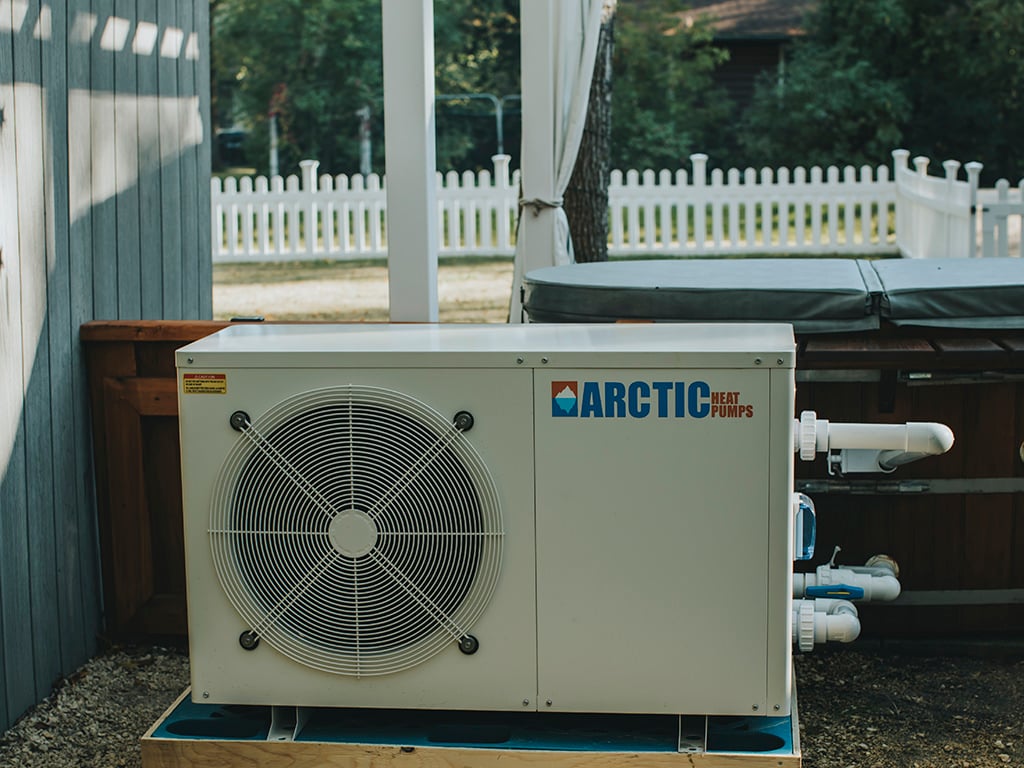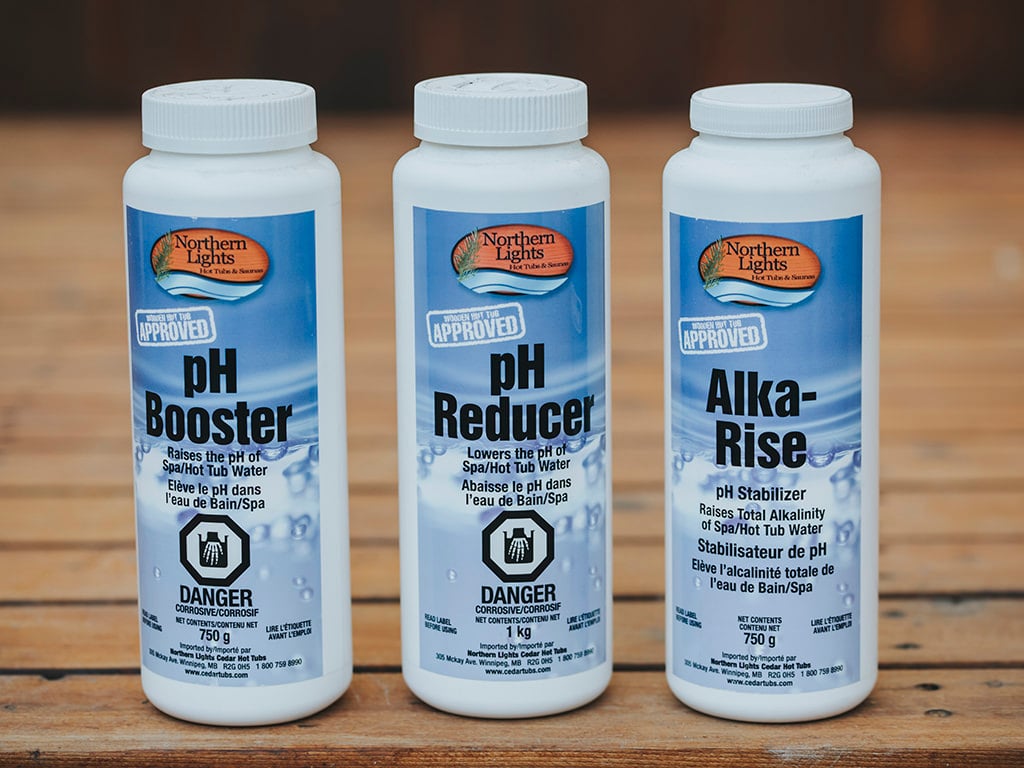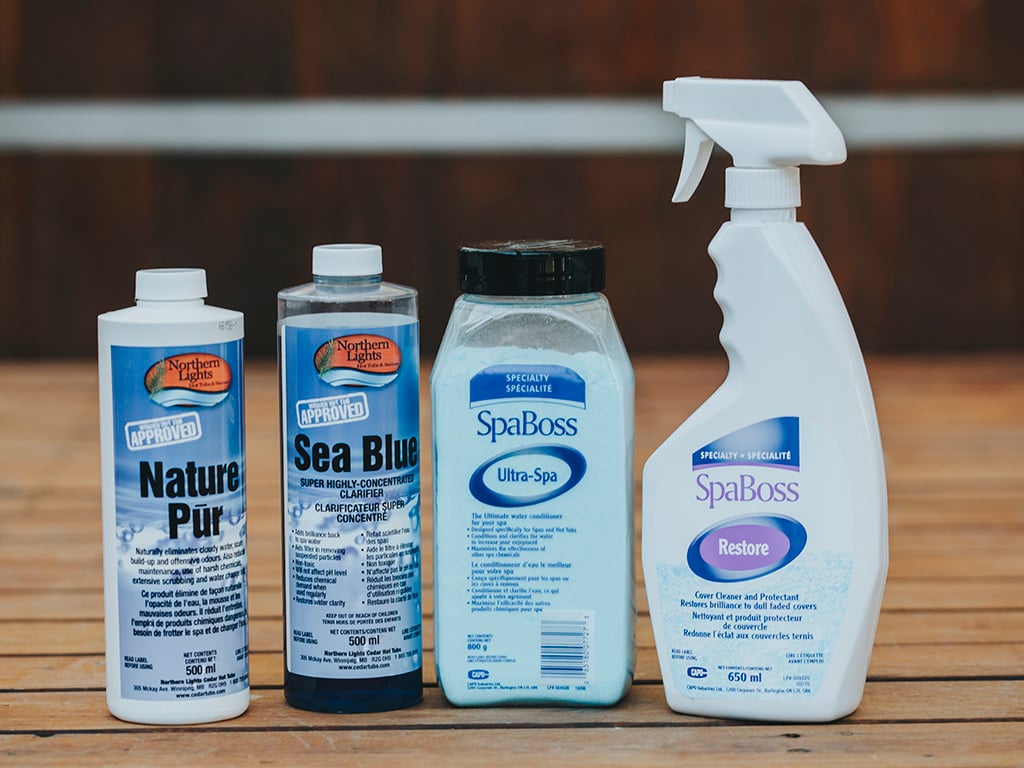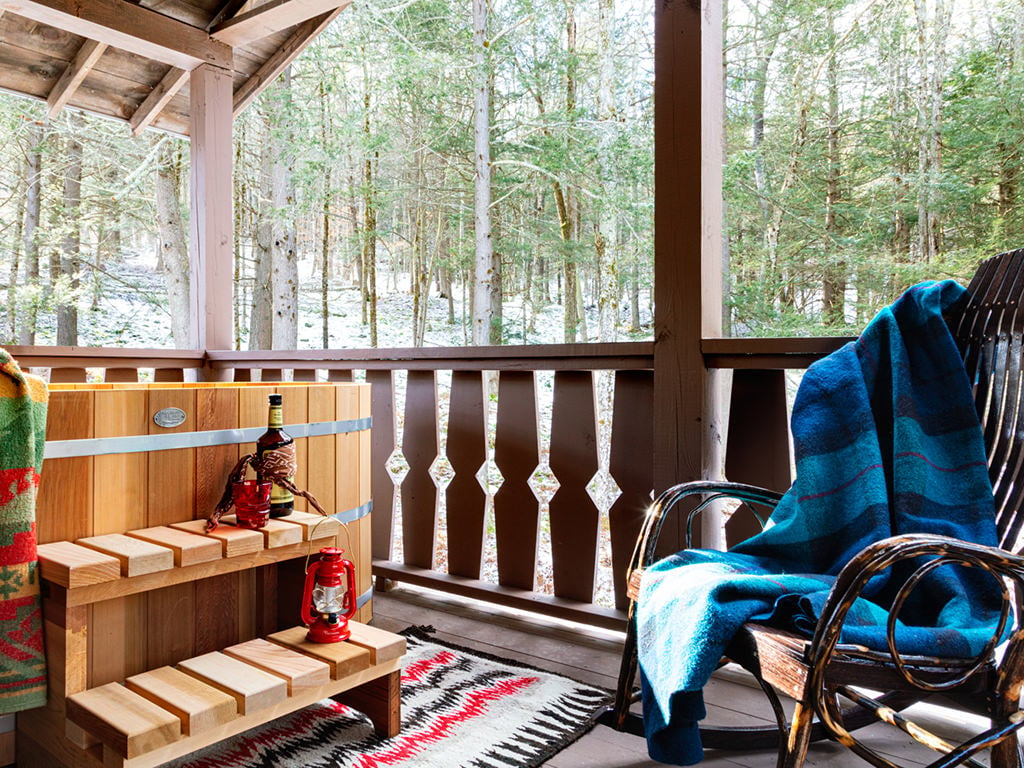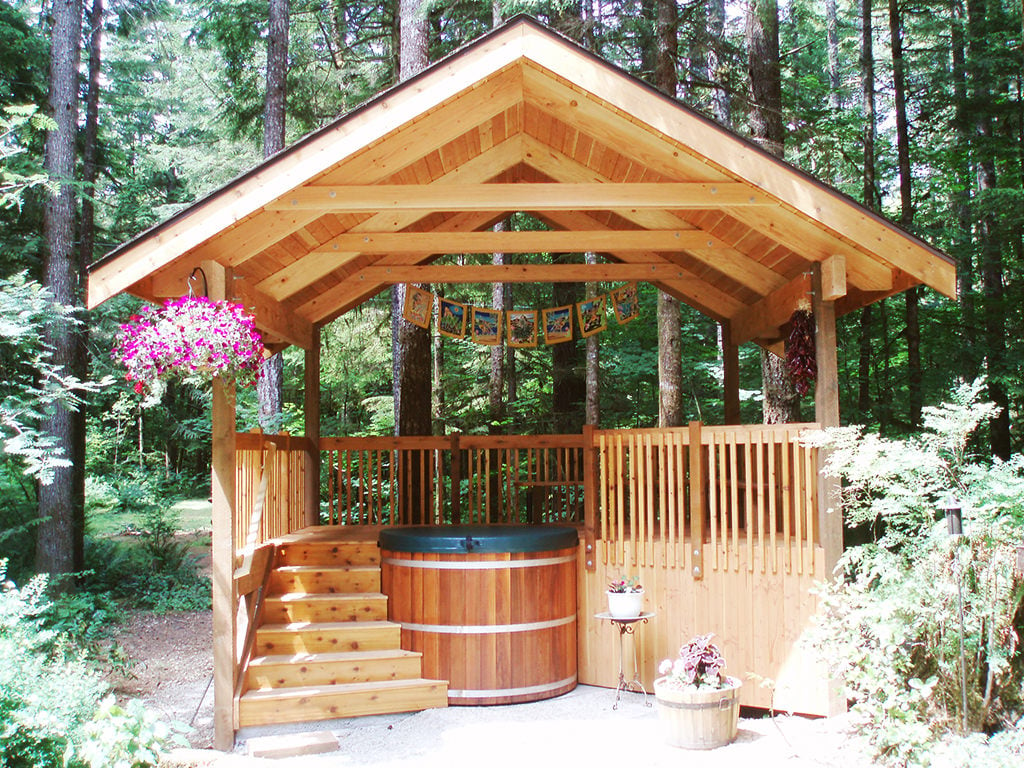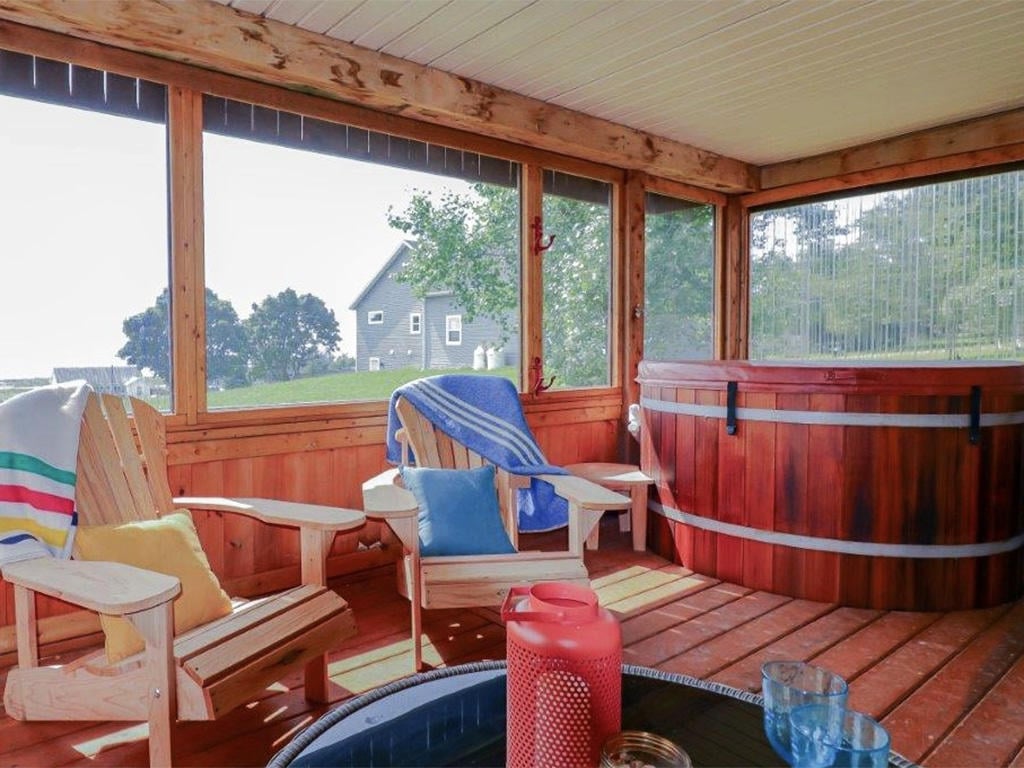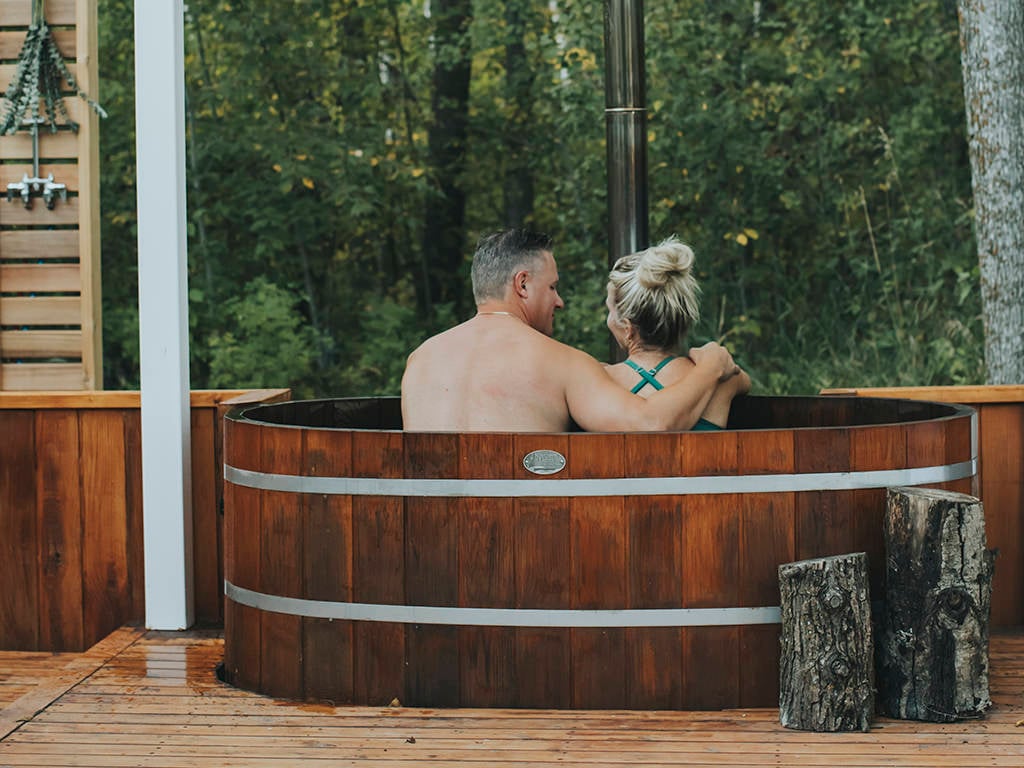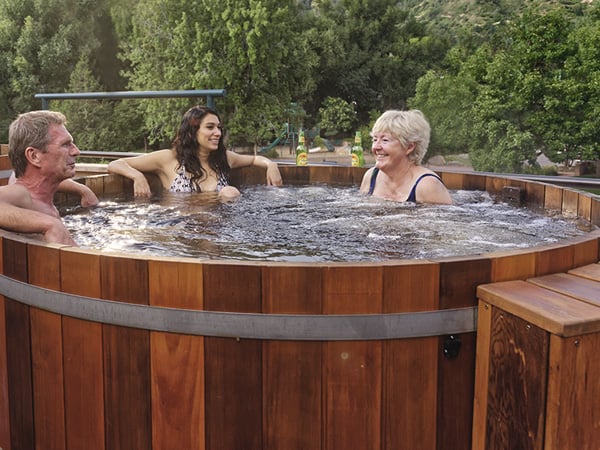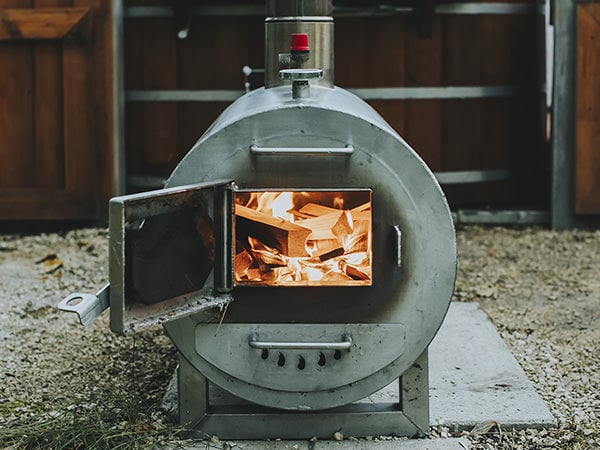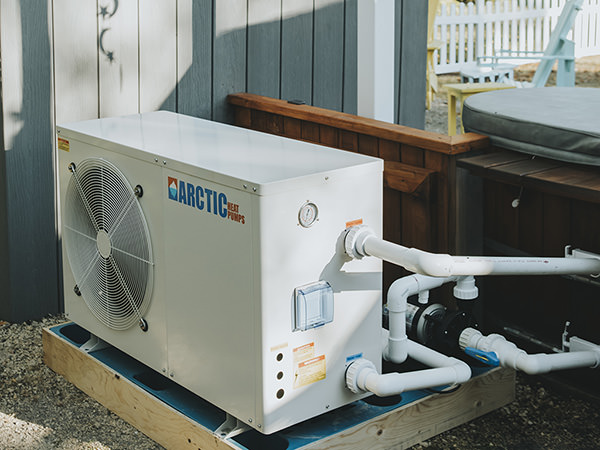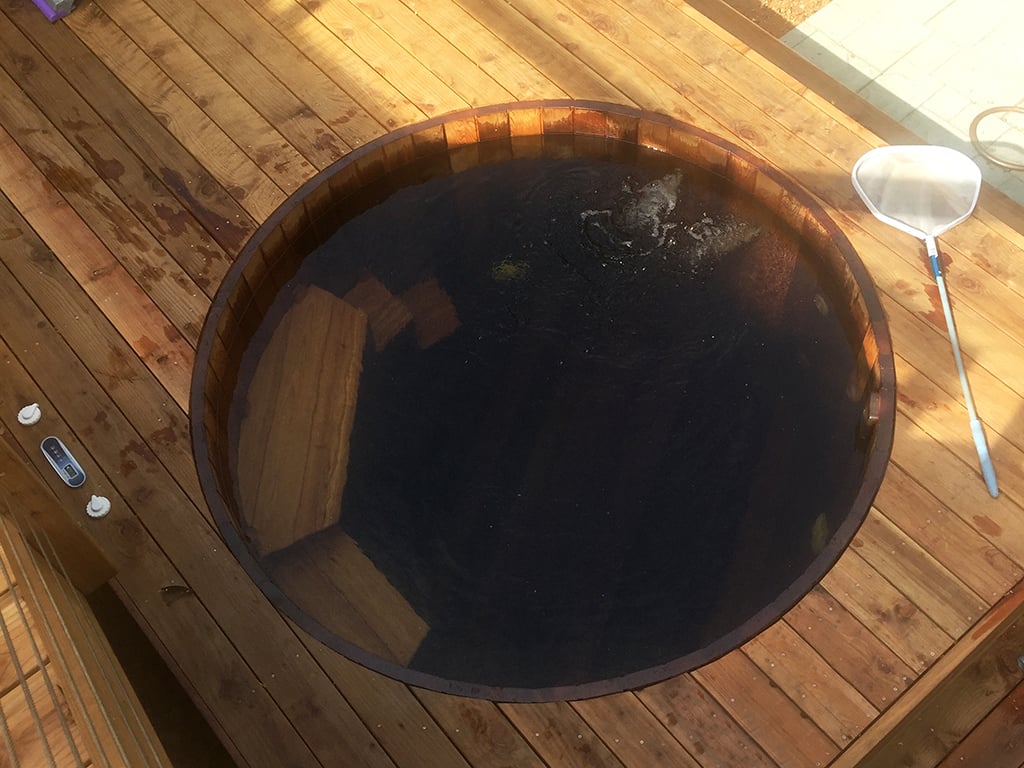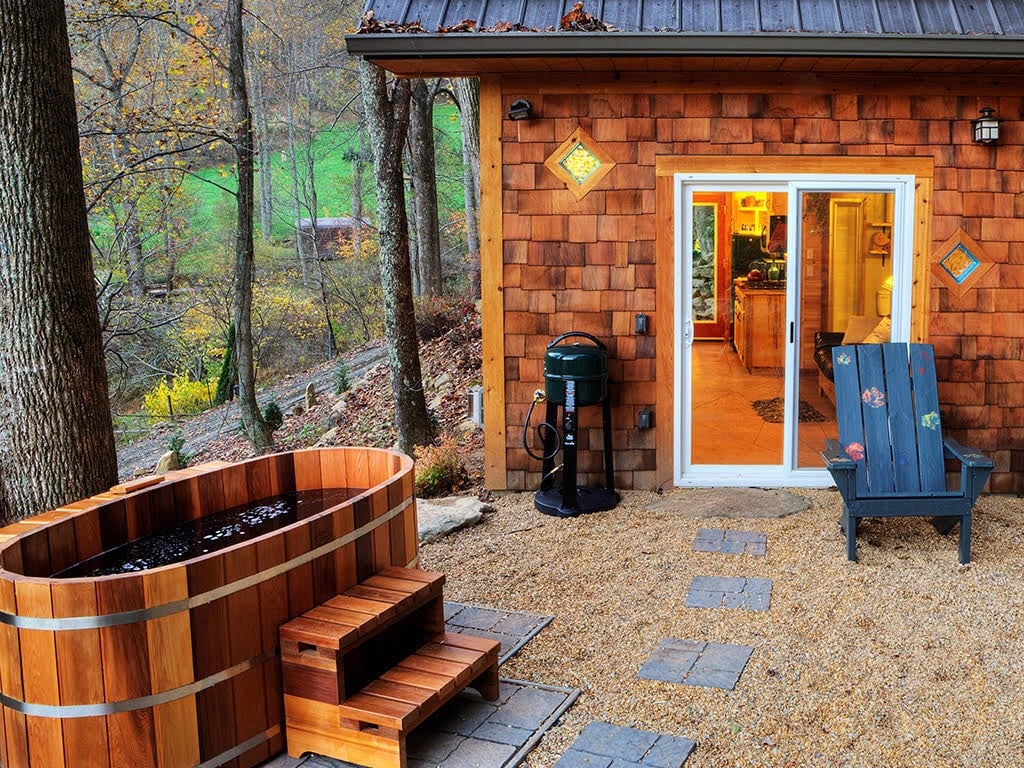Introduction
Thinking about upgrading your current spa or buying your first hot tub? Few options combine natural beauty, durability, and eco-conscious design quite like a cedar hot tub. Whether you’re a newcomer to the world of hot tubs or a seasoned soaker looking for something truly special, this 2025 guide breaks down everything you need to know — from materials and heating options to cost, sizing, and care.
Cedar is more than just a pretty wood. Its warm reddish tones give a rustic yet refined look that complements any setting — from cozy cabins to modern decks. Beyond aesthetics, cedar releases a soothing, woodsy aroma that offers real aromatherapy benefits. It’s a biodegradable, naturally insulating, and long-lasting choice — making it both eco-friendly and cost-effective.
🌲 Why Choose Cedar?
While pine and other softwoods such as redwood are also used for hot tubs, cedar out performs both in longevity and resilience. Pine is affordable but less durable and usually has knots that will leak, while redwood has a stunning natural grain yet requires more upkeep and is very hared to source old growth redwood. Cedar, by contrast, naturally resists decay, swelling, and insects, making it ideal for outdoor soaking environments.
Learn more about Cedar Hot Tubs and why they’ve been trusted by homeowners and resorts alike for decades.
🔥 Heating Methods: Wood-Fired, Electric, Gas & Hybrid
Once you’ve settled on materials, the next key decision is how to heat your tub. Each method offers unique advantages depending on your lifestyle and location.
Wood-Fired
- Best for: Off-grid or eco-conscious owners
- Pros: Low operational costs, no electricity needed, authentic crackling fire experience
- Cons: Requires manual effort and more heat-up time
If you love the ritual of stoking a fire and connecting with nature, explore our wood-fired hot tubs collection.
Electric
- Best for: Urban settings or everyday convenience
- Pros: Consistent temperature control, easy operation
- Cons: Higher energy costs
Pair your cedar tub with an Arctic Heat Pump to reduce electricity use and maintain precise water temperatures efficiently.
Gas
- Best for: Fast heating in colder climates
- Pros: Rapid heat-up times, effective for large tubs
- Cons: Higher installation and fuel costs
Hybrid
- Best for: The best of both worlds
- Pros: Combines quick wood heating with the stability of electric backup
- Cons: Higher upfront cost, more complex setup
📏 Choosing the Right Size

Hot tubs come in various shapes and sizes — your choice depends on space, budget, and how many people you plan to host.
2-Person Hot Tubs
Perfect for couples or small patios. Compact, intimate, and energy efficient.
4-Person Hot Tubs
Ideal for small families or social gatherings without taking up too much space.
6-Person Hot Tubs
Ideal for larger families or social gatherings – Most Popular Size
8-Person Hot Tubs
The ultimate entertainment hub. Spacious and luxurious, but with higher operating costs — perfect for larger families or those who love to host.
👉 Explore handcrafted cedar tubs of all sizes at CedarTubs.com.
💰 Cost Breakdown: What to Expect
When budgeting for your cedar hot tub, consider three key factors: purchase, installation, and maintenance.
- Purchase
- $3,000 – $15,000
- Installation
- $1,500 – $5,000
- Maintenance
- Chemicals: $20 – $50/month
- Replacement filters: $100-150/year
- Electricity: Depends on local rates and system efficiency
Pro tip: Using solar heat pump can dramatically reduce your ongoing energy costs. And if you have access to wood, a wood fired hot tub is a great choice if you don’t mind the additional work needed to start the fire.
🧴 Cedar Hot Tub FAQs
How long does a cedar hot tub last?
With proper care, a cedar hot tub can last 15–30 years, and in some cases, up to 50 years. Longevity depends on installation quality, protection from the elements, and regular water treatment.
Do cedar hot tubs leak?
Minor leaks are normal at first — the cedar expands naturally as it absorbs water and seals itself. Keeping the tub filled helps the wood remain watertight.
Which chemicals should I use?
- Bromine: Gentler on wood than chlorine
- pH Increaser/Decreaser: Maintains balanced water
- Alkalinity Increaser: Keeps water stable and protects the tub
Can I use my cedar hot tub in winter?
Absolutely! We recommend insulating the floor, use a quality cover, and ensure the pump is running continuously to prevent freezing. Cedar’s natural insulation helps retain heat even in frigid temperatures.
🧾 Final Checklist Before You Buy
Before you make your purchase, run through this quick checklist:
- ✅ Budget: Does the total cost fit your financial plan?
- ✅ Space: Do you have a level surface with enough clearance?
- ✅ Size: How many people will regularly use it?
- ✅ Heating: Which heating system best fits your lifestyle?
Conclusion
A cedar hot tub is more than just a backyard luxury — it’s a wellness retreat, design statement, and long-term investment. Whether you choose a compact wood-fired tub or a full-scale hybrid model with an electric heat pump integration, cedar offers timeless beauty and comfort for decades.
For handcrafted tubs, saunas, and accessories made from sustainably sourced Canadian cedar, visit:
🌐 CedarTubs.com
🌐 CedarBarrelSaunas.com


